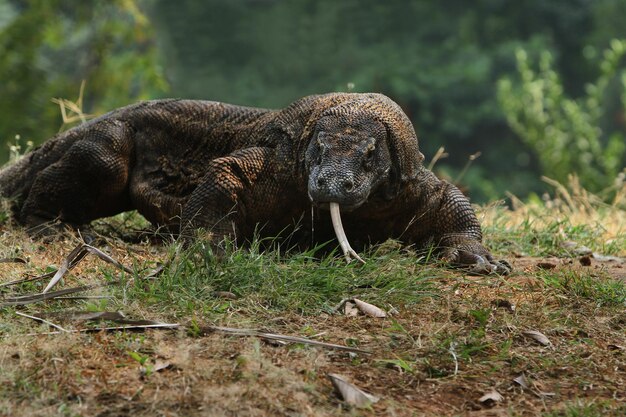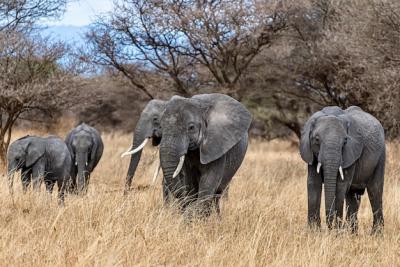The Komodo Dragon: Free Stock Photo for Download
The Komodo Dragon: A Fascinating Giant of the Reptile World
The Komodo dragon, known scientifically as Varanus komodoensis, is a captivating creature that commands attention in the animal kingdom. This large lizard is native to a few specific islands in Indonesia, including Komodo, Rinca, Flores, and Gili Motang. With its unique appearance and intriguing behavior, the Komodo dragon offers a glimpse into the wonders of nature.
Physical Characteristics
Komodo dragons are the largest living lizards, reaching lengths of up to 10 feet (3 meters) and weighing as much as 150 pounds (68 kilograms). Their robust body is covered in rough, scaly skin, which is typically a mix of grey and brown. Here are some key physical features:
- Powerful jaws with sharp teeth allowed them to grip and tear apart prey.
- Long, muscular tails used for balance and defense.
- Forked tongues to detect scents, much like snakes.
Habitat and Behavior
These mighty reptiles thrive in dry, hot environments, preferring savannas, forests, and scrublands. They are primarily active during the day, often basking in the sun before hunting for food. Hereâs how they manage to survive in their habitat:
- Komodo dragons are carnivorous and hunt a variety of prey, including deer, birds, and smaller reptiles.
- They are solitary creatures, coming together only during mating season.
- Using their keen sense of smell, they can detect carrion from miles away, making them efficient scavengers.
Reproduction and Lifespan
When it comes to reproduction, female Komodo dragons lay around 15 to 30 eggs, which they bury in the ground. The eggs hatch approximately 7 to 8 months later, and the hatchlings are on their own from the moment they emerge. In the wild, these lizards can live up to 30 years, showcasing their resilience and adaptability.
Conservation Status
Despite their formidable presence, Komodo dragons face threats due to habitat loss and human activities. Conservation efforts are in place to protect these magnificent creatures and their natural habitats. Here are some measures being taken:
- Establishment of national parks to safeguard their environment.
- Programs to monitor and study their populations.
- Community awareness initiatives to promote coexistence with locals.
Conclusion
The Komodo dragon is more than just a reptile; it is a vital part of its ecosystem and a symbol of the rich biodiversity found in Indonesia. By learning more about them, we can appreciate the importance of preserving their habitats and the incredible diversity of life on our planet.












